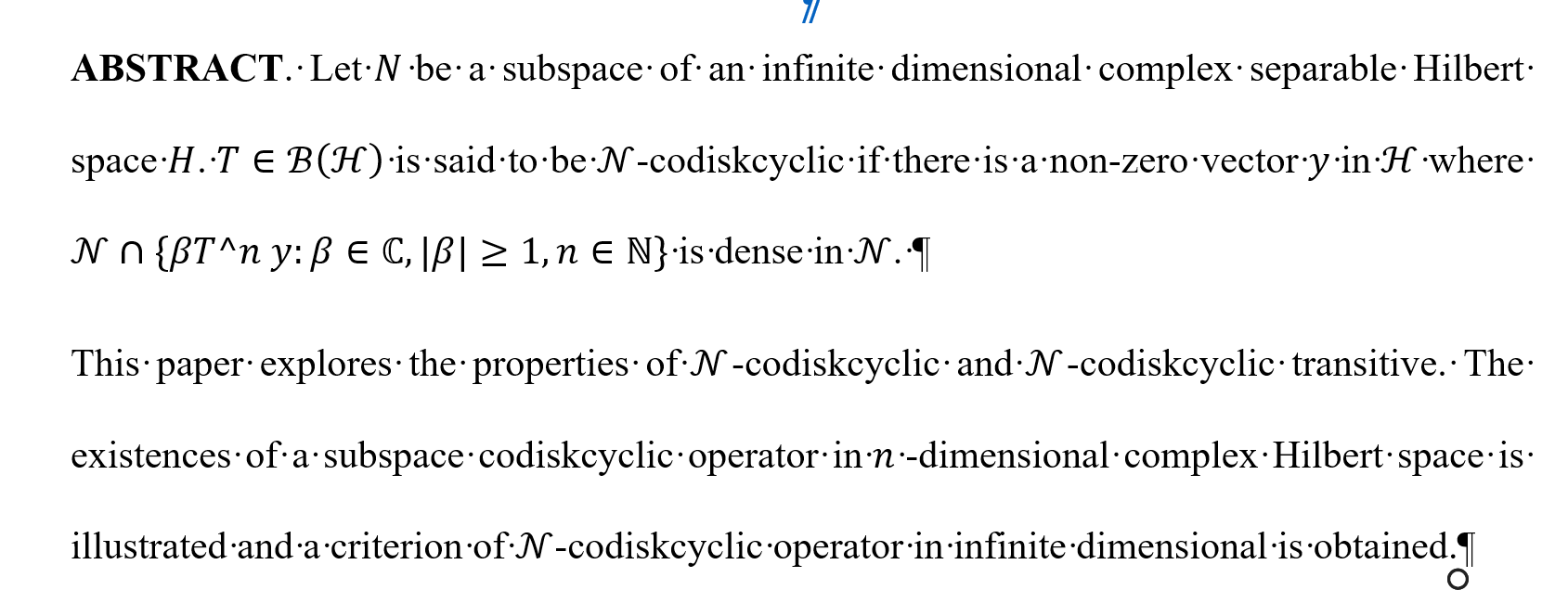Corrosion experiments were carried out to investigate the effect of several operating parameters on the corrosion rate and corrosion potential of carbon steel in turbulent flow conditions in the absence and presence of sodium benzoate inhibitor using electrochemical polarization technique. These parameters were rotational velocity (0 - 1.57 m/s), temperature (30oC – 50oC), and time. The effect of these parameters on the corrosion rate and inhibition efficiency were investigated and discussed. It was found that the corrosion rate represented by limiting current increases considerably with increasing velocity and temperature and that it decreased with time due to the formation of corrosion product layer. The corrosion potential shifted to more positive with increasing temperature and velocity while it shifted to more negative with time. Sodium benzoate gave good inhibition efficiency for the whole investigated range of temperature and velocity. Its efficiency was high on clean surfaces and decreased with time in stationary and flow conditions. No noticeable effect of temperature on the inhibition efficiency was noticed.
Let R be a commutative ring with identity, and let M be a unitary R-module. We introduce a concept of almost bounded submodules as follows: A submodule N of an R-module M is called an almost bounded submodule if there exists xÃŽM, xÃN such that annR(N)=annR(x).
In this paper, some properties of almost bounded submodules are given. Also, various basic results about almost bounded submodules are considered.
Moreover, some relations between almost bounded submodules and other types of modules are considered.
Every finite dimensional normed algebra is isomorphic to the finite direct product of or , it is also proved these algebras are ultrasemiprime algebras. In this paper, the ultrasemiprime proof of the finite direct product of and is generalized to the finite direct product of any ultrasemiprime algebras.
Let R be associative; ring; with an identity and let D be unitary left R- module; . In this work we present semiannihilator; supplement submodule as a generalization of R-a- supplement submodule, Let U and V be submodules of an R-module D if D=U+V and whenever Y≤ V and D=U+Y, then annY≪R;. We also introduce the the concept of semiannihilator -supplemented ;modules and semiannihilator weak; supplemented modules, and we give some basic properties of this conseptes.
 (1)
(1)
Our aim in this work is to investigate prime submodules and prove some properties of them. We study the relations between prime submodules of a given module and the extension of prime submodules. The relations between prime submodules of two given modules and the prime submodules in the direct product of their quotient module are studied and investigated.

 (1)
(1)
Throughout this work we introduce the notion of Annihilator-closed submodules, and we give some basic properties of this concept. We also introduce a generalization for the Extending modules, namely Annihilator-extending modules. Some fundamental properties are presented as well as we discuss the relation between this concept and some other related concepts.
 (1)
(1)
 (4)
(4)
 (2)
(2)
Most of the Weibull models studied in the literature were appropriate for modelling a continuous random variable which assumes the variable takes on real values over the interval [0,∞]. One of the new studies in statistics is when the variables take on discrete values. The idea was first introduced by Nakagawa and Osaki, as they introduced discrete Weibull distribution with two shape parameters q and β where 0 < q < 1 and b > 0. Weibull models for modelling discrete random variables assume only non-negative integer values. Such models are useful for modelling for example; the number of cycles to failure when components are subjected to cyclical loading. Discrete Weibull models can be obta
... Show More (1)
(1)
Let M be an R-module, where R is a commutative ring with unity. A submodule N of M is called e-small (denoted by N e  M) if N + K = M, where K e  M implies K = M. We give many properties related with this type of submodules.
